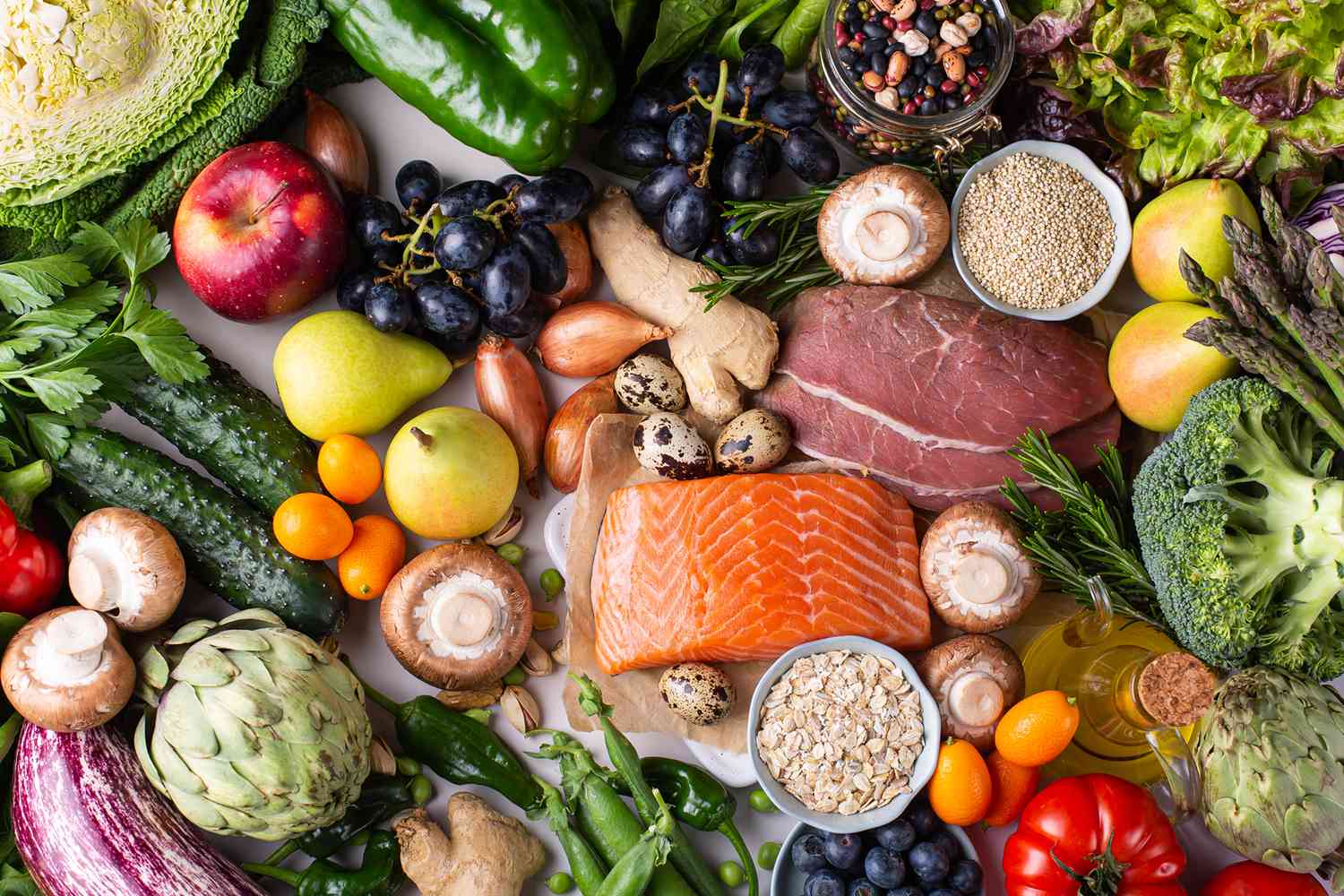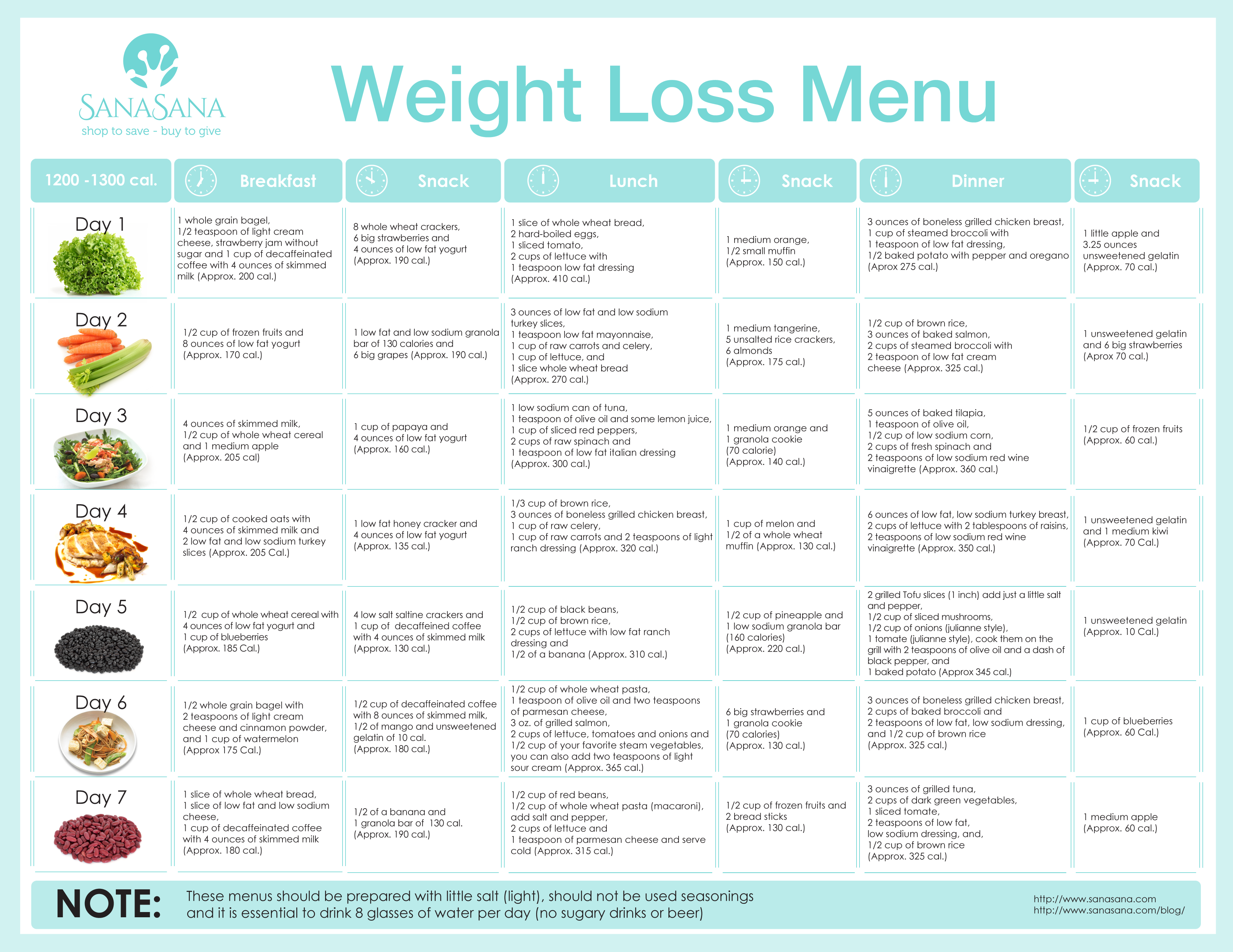Have you ever wondered if there’s a free diet plan for weight loss that can help you achieve your goals without spending a fortune on expensive meal programs or supplements? You’re not alone! The journey to a healthier weight can often seem daunting, but it doesn’t have to be complicated or costly. In fact, with the right approach, you can lose weight naturally and effectively without any expensive tools or programs.
In this article, we’ll walk you through a free diet plan for weight loss, providing simple, actionable tips, meal ideas, and a guide to making sustainable, healthy changes. By focusing on the basics—balancing your meals, controlling portion sizes, and staying active—you’ll be able to shed pounds and improve your overall health.
Why a Free Diet Plan for Weight Loss is Effective
You don’t need to pay for costly programs to lose weight. A free diet plan for weight loss focuses on accessible and practical strategies that anyone can follow. The idea is to create a sustainable, healthy lifestyle where you make smarter choices without feeling deprived. By prioritizing whole foods, balancing your macronutrients, and making small adjustments, you can see lasting results without relying on expensive products.
This free diet plan is designed to help you:
-
Eat nutrient-dense foods that support fat loss.
-
Control portion sizes without obsessing over calories.
-
Build healthy habits that fit into your daily life.
-
Stay motivated and track progress for consistent weight loss.
Let’s break down how you can create your personalized free diet plan for weight loss.

Key Components of a Free Diet Plan for Weight Loss
1. Prioritize Whole, Unprocessed Foods
One of the easiest ways to create a sustainable diet plan is to focus on whole, minimally processed foods. These foods are naturally low in added sugars and unhealthy fats, and they are packed with the nutrients your body needs to stay energized and healthy.
What to eat:
-
Vegetables and fruits: Fill half your plate with vegetables and fruits to boost your fiber intake and control hunger.
-
Whole grains: Switch from refined grains (like white bread) to whole grains (like brown rice, oats, and quinoa).
-
Lean proteins: Incorporate lean protein sources such as chicken, turkey, fish, tofu, and legumes to support muscle mass and keep you feeling full.
-
Healthy fats: Include healthy fats like avocados, nuts, seeds, and olive oil in moderation for heart health and satiety.
2. Control Portion Sizes Without Calorie Counting
Many people make the mistake of obsessively counting calories, but portion control can be just as effective. By eating the right portion sizes and listening to your body’s hunger cues, you can enjoy a variety of foods without overindulging.
Portion control tips:
-
Use smaller plates: This can help prevent overeating by tricking your brain into thinking you’re eating more.
-
Eat slowly: Give your body time to signal that it’s full, which can prevent overeating.
-
Mindful eating: Focus on your food, chew thoroughly, and enjoy each bite. This can help you feel more satisfied with smaller portions.
3. Drink Plenty of Water
Water is often overlooked, but it’s one of the easiest ways to support weight loss. Drinking enough water helps control hunger, improves metabolism, and keeps you hydrated—essential for overall health.
Hydration tips:
-
Aim for 8 cups (2 liters) of water per day, but this can vary depending on your activity level and climate.
-
Drink a glass of water before meals to help you feel fuller and prevent overeating.
-
Avoid sugary drinks and opt for water, herbal teas, or sparkling water instead.
4. Incorporate Regular Physical Activity
While diet plays a significant role in weight loss, regular exercise accelerates the process and helps preserve muscle mass. You don’t need to spend hours at the gym—simple exercises like walking, cycling, and strength training can have a huge impact.
Exercise tips:
-
Start with at least 30 minutes of moderate exercise most days of the week.
-
Include strength training exercises 2-3 times per week to build muscle and boost metabolism.
-
Find activities you enjoy, such as hiking, swimming, or dancing, to make exercise feel fun.
5. Make Sleep a Priority
Did you know that poor sleep can sabotage your weight loss efforts? Lack of sleep disrupts hunger hormones, increases cravings, and slows down metabolism. Prioritize sleep to support your weight loss journey.
Sleep tips:
-
Aim for 7-9 hours of sleep each night.
-
Create a relaxing bedtime routine, such as reading or meditating, to help you wind down.
-
Avoid caffeine and screens in the evening, as they can interfere with your ability to fall asleep.
Sample Free Diet Plan for Weight Loss (7-Day Meal Plan)
Here’s a simple 7-day meal plan to get you started on your free diet plan for weight loss. This plan focuses on balanced, whole foods to keep you satisfied and energized throughout the day.

Day 1
-
Breakfast: Scrambled eggs with spinach and tomatoes, whole-grain toast
-
Lunch: Grilled chicken salad with mixed greens, avocado, and a light vinaigrette
-
Dinner: Baked salmon with steamed broccoli and quinoa
-
Snack: Apple with a handful of almonds
Day 2
-
Breakfast: Greek yogurt with berries and chia seeds
-
Lunch: Turkey and avocado wrap with whole-grain tortilla and a side of carrot sticks
-
Dinner: Stir-fried tofu with vegetables (broccoli, bell peppers, zucchini) and brown rice
-
Snack: Cucumber slices with hummus
Day 3
-
Breakfast: Oatmeal with almond butter and sliced banana
-
Lunch: Quinoa bowl with chickpeas, cucumber, cherry tomatoes, and lemon dressing
-
Dinner: Grilled shrimp with sautéed spinach and sweet potato
-
Snack: Mixed berries with a small handful of walnuts
Day 4
-
Breakfast: Smoothie with spinach, banana, protein powder, and unsweetened almond milk
-
Lunch: Lentil soup with a side salad
-
Dinner: Grilled chicken with roasted Brussels sprouts and quinoa
-
Snack: Carrot sticks with guacamole
Day 5
-
Breakfast: Whole-grain toast with avocado and poached eggs
-
Lunch: Tuna salad with mixed greens, tomatoes, cucumbers, and olive oil dressing
-
Dinner: Baked chicken breast with steamed broccoli and brown rice
-
Snack: A pear with a small handful of pumpkin seeds
Day 6
-
Breakfast: Greek yogurt with granola and mixed berries
-
Lunch: Chickpea and vegetable stir-fry with brown rice
-
Dinner: Grilled turkey burgers with a side of sweet potato fries and mixed greens
-
Snack: Sliced apple with almond butter
Day 7
-
Breakfast: Whole-grain pancakes with fresh fruit and a drizzle of honey
-
Lunch: Grilled chicken Caesar salad with romaine lettuce and light dressing
-
Dinner: Baked cod with roasted carrots and steamed asparagus
-
Snack: Low-fat cheese with whole-grain crackers
FAQ: Common Questions About Free Diet Plan for Weight Loss
1. How do I create a free diet plan for weight loss?
Creating a free diet plan for weight loss involves focusing on whole, nutrient-dense foods while controlling portion sizes. Incorporate more fruits, vegetables, lean proteins, and whole grains into your meals while staying hydrated and active.
2. Is there a free diet plan for weight loss that can help me lose 10 pounds?
Yes! A free diet plan can help you lose 10 pounds by creating a calorie deficit through healthy eating and exercise. Start by focusing on balanced meals, portion control, and increasing your physical activity. Aim for gradual, sustainable weight loss.
3. Can I lose weight without counting calories?
Yes, you can lose weight without counting calories. Focus on portion control and eating whole foods that are naturally low in calories and high in nutrients. Eating mindfully and controlling portion sizes is often enough to create a calorie deficit.
4. How can I stay motivated on a free diet plan for weight loss?
Staying motivated involves setting realistic goals, tracking your progress, and celebrating small wins. Find a support system, stay consistent with healthy habits, and remind yourself of the benefits of your lifestyle changes.
5. What is the best free diet plan for weight loss?
The best free diet plan for weight loss is one that is balanced, flexible, and sustainable. Focus on whole foods, portion control, hydration, and physical activity. A balanced approach works best for long-term weight loss and overall health.
Take Control of Your Weight Loss Journey
In conclusion, achieving your weight loss goals doesn’t have to be complicated or expensive. With a free diet plan for weight loss, you can make healthier food choices, stay active, and build sustainable habits that support lasting weight loss. By focusing on whole, unprocessed foods, controlling portions, and staying consistent, you’ll be well on your way to a healthier, happier you.